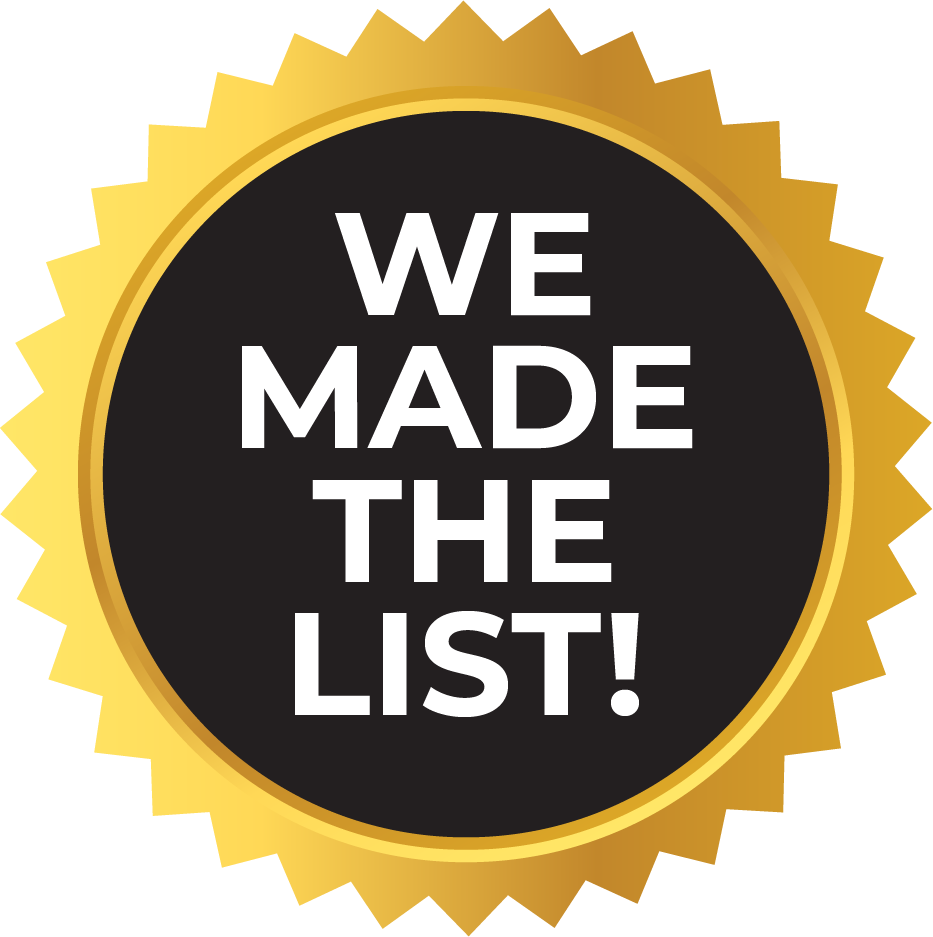WHY DOES MY JAW HURT?
Why does my Jaw hurt? It is estimated that up to 25% of the population suffers from pain in the jaw at some point in their lives. (1) This pain is commonly referred to as TMJ or TMD, acronyms that stand for Temporomandibular Joint or Temporomandibular Dysfunction respectively. This can manifest in jaw or face pain with eating, talking, and singing, painful clicking/popping, restricted range of motion when opening or closing the jaw, or resting muscular pain in the jaw. (1) If any of these listed symptoms apply to you, seeking physical therapy may help.
The temporomandibular joints are made up of your mandibular bone and the temporal bone of your skull. The joints include surrounding ligaments that help to control and support jaw motion as well as a disc that acts as a cushion for the joint. The two most common sources of pain are the temporomandibular joint itself, commonly referred to as arthralgia, and/or the muscles surrounding the joint deemed myalgia. Other less common forms of TMJ pain and dysfunction stemming from the disc, commonly occurs with an active or previous history of clicking/popping in the jaw. It’s important to note that clicking, independent of pain or other symptoms, does not always warrant treatment. For more information on clicking and popping, click here for common causes of joint popping and when to seek treatment. Temporomandibular joint dysfunction can also be commonly associated with headaches, ear fullness, and orofacial pain. When asked about his thoughts on TMD pain Kirkland Dentist Dr. Matt Banulo added, TMD is overwhelmingly caused by nighttime and daytime, conscious and subconscious activation of the chewing muscles, more commonly known as clenching of the teeth. Signs are a very tight masseter muscle and the development of Tori, thickening of the maxilla and mandible.
HOW DO YOU DETERMINE THE CAUSE OF YOUR PAIN?
A skilled physical therapist or dentist, trained in temporomandibular dysfunction can help. Provided below is a quick self-assessment to assess your jaw to discern between the two most common causes of TMJ pain, arthralgia, and myalgia.
QUICK TMJ SELF-ASSESSMENT:
-
If you bite down gently on your toothbrush on one side of your mouth, does it reproduce pain? If so, is the pain on the same side as the toothbrush or the opposite side?
-
If there is pain on the same side as the toothbrush the issue is likely muscular
-
If you experience pain on the opposite side of the pressure it is more likely related to the joint.
-
-
Both myalgia and arthralgia can be addressed through physical therapy intervention. Get pain with both? It’s also possible to have a combination of both myalgia and arthralgia that is contributing to your TMJ pain.
-
Look in the mirror and slowly open and close your jaw. Does your jaw make a “C” shape when opening? Or more of an S curve?
Typically a C-shaped curve means one joint is not moving enough, while an S-shaped curve indicates excessive movement or poor movement control. Treatment for both of these varies, if your joint is “tight” the physical therapist can apply a stretch to improve the movement of the jaw. If you have an S curve physical therapy will be more focused on muscle control and coordination. Both of which typically include soft tissue work to the muscles surrounding the jaw and postural re-education. Soft tissue work typically includes though is not limited to muscles including the masseter, digastrics, temporalis, and pterygoids. This soft tissue work can be done externally or within the mouth depending on patient comfort and subjective complaints.
Dentists can also be an excellent resource for your jaw pain. Your dentist can provide a bite guard to prevent grinding of the teeth, administer injections to help to decrease pain and/or relax painful musculature and provide an oral appliance to help with jaw positioning. Depending on the dentist, they also may give you exercises to help decrease your symptoms. Typically dentists and physical therapists will work together to provide you with holistic care and ensure you receive the treatment that is appropriate for you and that also aligns with your individual goals.
Jaw dysfunction can make it difficult to eat, drink, talk or even just relax without discomfort. This type of dysfunction can also lead to other commonly experienced symptoms such as headaches or neck pain. A skilled physical therapist or dentist should be able to discern the difference and source of your pain based on provocative positions, activities, and general symptom complaints. Seeing a skilled provider is the best way to determine the root cause of your pain and provide techniques and exercises to improve your current symptoms.
If you are suffering from jaw pain give PTA Physical Therapy a try and request an appointment today!
AUTHOR:
CONTRIBUTORS:
Dr. Matt Bagnulo, DDS
Dentist & Owner of Bagnulo DDS Kirkland
Ben Wobker, PT, MSPT, CSCS, CFSC, SFMA
Founder & Director LWPT




